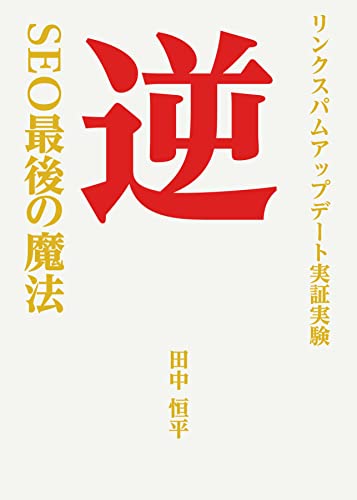45. The "Old Grass" Radical: 屮
The 屮 shape is not only a radical but also an autonomous, non-Joyo kanji meaning "left":
屮 (サ: left)
This 屮 shape is the perfect pictograph of a left hand, but that's not at all what it represents in the lone Joyo kanji in which it's on duty:
屯 (1669: stationing troops)
Henshall calls 屯 a depiction of a “seedling largely curled up but just starting to emerge above ground” in his newer edition. He mentions that one researcher takes 屯 as a “struggling plant” whose “growth is stopping, extending to stop at a place.” And Henshall cites other scholars who see “stop, encamp” as probable loan usage.
Not everyone agrees that 屮 is the radical in 屯. The other choice is 乙 (radical 5: "fishhook"). Its variant is 乚, which might seem to match 屯 better than 屮 does. But a competing theory posits the resemblance between 乚 and the similar shape in 屯 as a mere coincidence. And Nelson considers the shape of our radical in 屯 to be the variant form 屮, which doubles as a non-Joyo kanji meaning "grass sprout."
Radical 45 appears as 屮 in three more Joyo kanji, where it's only a component:
逆 (646: inversion; to go against)
塑 (1511: model; plastic)
遡 (2051: going upstream)

The cover of this book on SEO (search engine optimization) gives a great view of our radical in 逆 (ぎゃく: reverse). The title makes no sense whatsoever, so I'll define the vocabulary but skip an overall translation:
逆SEO最後の魔法 リンクスパムアップデート実証実験
最後 (さいご: most recent); 魔法 (まほう: magic); 実証実験 (じっしょうじっけん: proof of concept)
Etymological Matters
Henshall says that the right side of 逆 (646: inversion; to go against) may represent a "person upside-down" or "winter tree without leaves." Alternatively, it may constitute an error!
As for 塑 (1511: model; plastic), he again interprets the upper-left side as "person upside-down" or "winter tree without leaves," though 朔 (new moon; first day of lunar month) as a whole serves as the phonetic. That's also true of the 朔 in 遡 (2051: going upstream).
The Names and Meanings of Radical 45
Our three-stroke radical goes by these names in Japanese:
• てつ, which refers to the on-yomi of the variant form 屮
• くさのめ (草の芽: grass sprout)
• めばえ (芽生え: bud; sprout)
Nelson's name makes more sense to me:
ふるくさ (古草: old grass)
The grass itself isn't old. (That would make it hay, I suppose!) Instead, Nelson says that this radical name distinguishes 屮 from 艸 (radical 140: "grass"), which can be called くさ.
In English, the 屮 radical is also known as "old grass," though "sprout" is another option.
